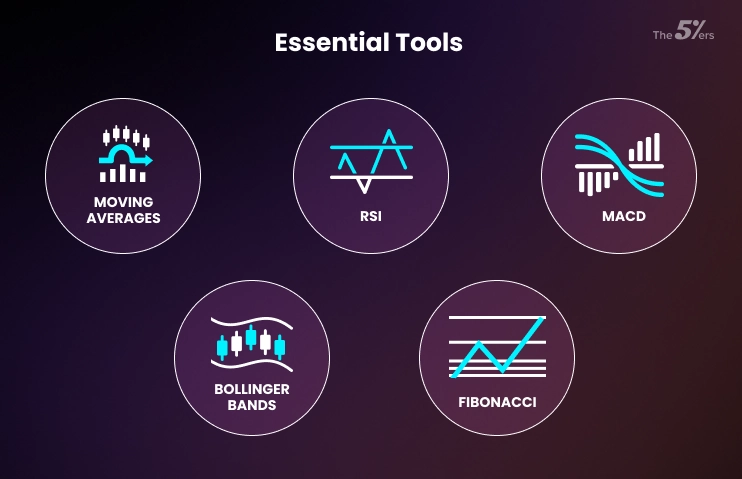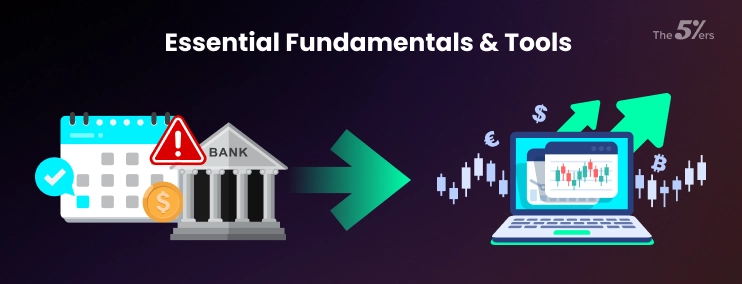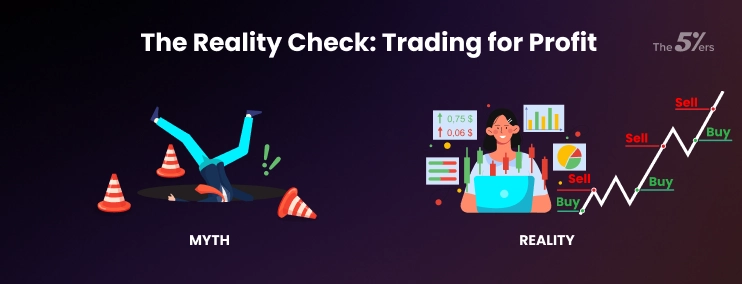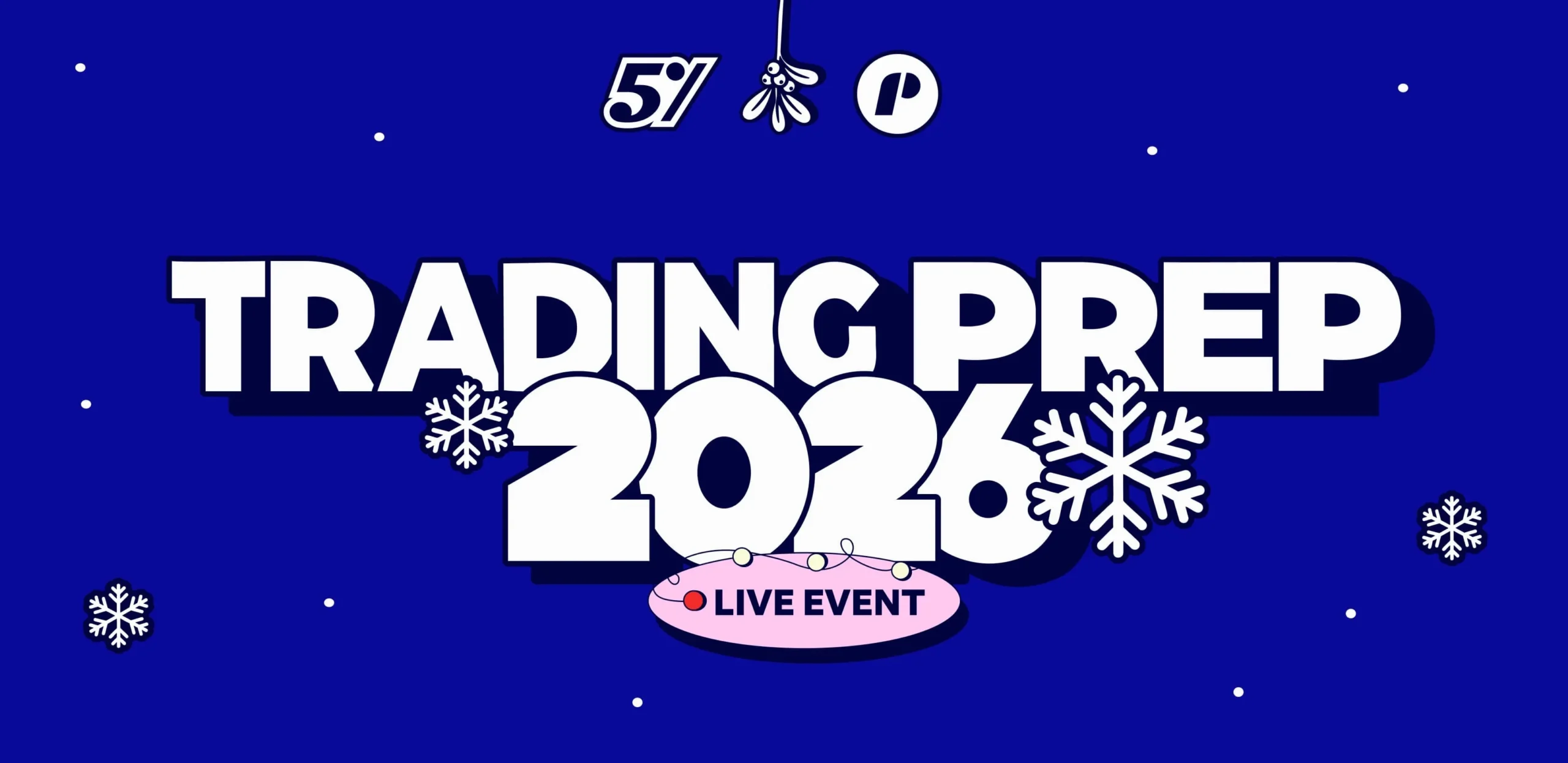You’ve got the Forex fundamentals. Financial markets are in motion, offering opportunities for short-term trading. That first article gave you the groundwork, but now it’s time for a real playbook. This article provides you with specific short-term trading strategies and the tools to navigate the fast-paced currency market confidently. The transition from understanding the “what” and “why” to mastering the “how” is a critical step in a trader’s journey, and this guide arms you for that challenge. Our goal: get practical. We’ll move past the theory and show you how to apply term trading concepts in the real world. We’ll show you real-world strategies that work, how to use indicators with intention—not just for decoration—and how to pick tools that fit your trading style. By the time you finish, you’ll have a game plan you can rely on, built not on guesses, but on skill and confident execution.
Your Playbook for Forex: Core Short-Term Trading Strategies
When you want to make money from quick price movements, you’ve got a few different options. The best short-term trading strategies for you depend on your personality, risk tolerance, and how much time you can spend watching the market. Here are the main styles you’ll see.
How to do Short-Term Trading?
Let’s break it down. If you want to trade short-term in Forex the right way, you need a strategy—something like scalping or day trading—plus tools for spotting signals and a sharp focus on managing your risk. That’s what separates real traders from gamblers.
Scalping: The Fast and Furious Approach
Scalping is fast-paced, high-pressure trading. You’re in and out quickly, grabbing tiny profits—sometimes just a few pips at a time—over and over throughout the day. This high-frequency approach needs your full, undivided attention. Successful scalping relies on having a brokerage with extremely tight spreads and rapid trade execution to minimize costs and maximize efficiency.
Order Flow Scalping:
Order Flow Scalping involves monitoring the actual buy and sell orders. You look for imbalances to predict where the price might move in the next few seconds. Say you notice a cluster of pending buy orders at a certain price. That might mean the price will bounce off that level, giving you a quick shot at a profitable scalp.
Support/Resistance Scalping:
Support/Resistance Scalping is considered a classic. This strategy revolves around key price levels. You wait for the price to touch support or resistance, then jump in for a quick trade. This strategy is a classic and a popular form of one-minute scalping because it works best on super-short charts where even small moves can add up fast.
Day Trading: The Daily Grind
Day trading is a step down in intensity from scalping, as the main rule is to close all your positions by the end of the day. This helps you avoid overnight risks like unexpected news or market gaps. Here are several short-term trading strategies that work well for day traders:
Trend Following (Intraday):
Trend following means spotting a short-term trend on a 5 or 15-minute chart and trading in that direction. Many traders also check the bigger picture on a 1-hour chart first, then use indicators like Moving Averages to confirm the trend before entering.
Counter-Trend/Reversal:
Counter-Trend/Reversal is considered a more advanced technique. Reversal trading is all about catching a shift before it happens. You look for signs that a trend is losing steam—like a change in momentum or an overbought RSI—and aim to ride the bounce in the opposite direction.
Breakout Strategies:
Breakouts occur when the price pushes through a significant support or resistance level. This move often signals a bigger shift ahead, which can lead to fast profits if it is caught early.
News Trading:
Trading the news can be wildly profitable—but it’s also risky. When a major economic report is released, the market can experience significant volatility. To trade successfully, a trader needs speed, sharp instincts, and a deep understanding of what the market expects.
Swing Trading: The Longer Game
Swing trading is all about catching those bigger moves—holding trades for a few days or even weeks to ride out solid trends. It’s less intense than scalping or day trading, making it an excellent option for those who prefer a more thoughtful, strategic approach without being glued to the screen all day.
Identifying Chart Patterns:
Swing traders zoom out to the bigger charts—4-hour or daily—and look for patterns like flags, triangles, or channels. These formations hint at where the price might go next and help you decide where to set your targets.
Correlation Trading:
Correlation Trading involves understanding how specific currency pairs are correlated. If two pairs like EUR/USD and GBP/USD often move together, a swing trader might use one to confirm a signal in the other. That added confirmation can boost your confidence in the trade. So, which trading style is best for short-term trading in Forex? The truth is, there’s no single answer. The best approach for you depends on your style, schedule, and discipline. The key is to find a strategy that fits you and that you can execute consistently.

Your Essential Tools: Indicators and Price Action
Technical analysis can be thought of as a trading compass. It helps traders make sense of the charts and plan their next move. Once a trader understands the tools, they can start trading with purpose, not just with guesses.
What is the best indicator for short-term trading?
A common misconception is that a single tool will solve all trading problems. There is no one “best indicator for short-term trading.” Instead, successful traders in 2025 combine multiple tools like Moving Averages, RSI, MACD, and Bollinger Bands to confirm signals and get a complete picture of the market.
Price Action: Reading the Chart Naked
Before we get to indicators, you need to understand price action. This is the art of reading candlestick and chart patterns directly from the chart without any extra tools. It’s the purest form of technical trading analysis and is the foundation for many successful short-term trading strategies that work.
Your Go-To Indicators
Your go-to indicators are the ones you trust to help guide your decisions. They’re not magic—they’re part of your routine, your trading language.
Moving Averages (MA, EMA):
Moving Averages help smooth out price action so you can spot trends more easily. Watch for things like price crossing above or below the average, or how steep the line is.
Relative Strength Index (RSI):
RSI tracks how strong a move is. If it’s over 70, the asset might be overbought; if it’s under 30, it might be oversold. Look for divergences too—they can signal an upcoming shift.
Moving Average Convergence Divergence (MACD):
MACD combines trend and momentum analysis. The histogram visualizes the gap between the MACD line and its signal line, with crossovers signaling shifts in momentum. Traders also watch for divergences against price action.
Bollinger Bands:
Bollinger Bands show you when the market is heating up or cooling off. When the price touches the outer band, it might reverse—or break out if the momentum’s strong. Narrow bands mean a significant move could be on the horizon.
Fibonacci Retracements/Extensions:
The primary Fibonacci tools, such as Retracements and Extensions, can help you spot potential reversal zones. Traders use them to find where a price might pull back before continuing—or where to place take-profits when riding a trend.
What is the rule for short-term trading?
Good traders do not just guess. They have a clear plan, which includes when to enter, when to exit, how much to risk, and how to maintain composure during volatile market conditions. While indicators help support that plan, they are not there to make the decisions for the trader.
What is the short-term trading model?
Having a structured approach is critical to staying consistent. A short-term trading model is a checklist. It’s a systematic plan that combines technical tools, clear entry and exit rules, and risk management parameters to execute trades within short timeframes. A simple trading model might sound like this: “I’ll trade only when the 9 EMA is above the 20 EMA to confirm the trend, and RSI dips below 30 to give me an entry. My stop-loss is 20 pips, and my take-profit is 40.” The “3-5-7 Rule” is a good example of this, using specific moving averages to gauge trend and momentum.

Fundamentals for Short-Term Trading
Even though you’re focused on short-term trading, you can’t ignore major economic news. These events cause the huge price swings that you want to take advantage of.
The Economic Calendar:
You absolutely must follow this. It lists all the major news releases, such as inflation data (CPI) or interest rate decisions. A surprise number can cause the market to go wild, and that’s your opportunity. Knowing the market’s “expected” number beforehand is crucial, as the volatility comes from a difference between the actual release and the market’s expectation.
Central Bank Announcements:
When central bankers speak, the market listens. Their comments on interest rates or monetary policy can instantly move a currency’s value. You can see sharp, immediate moves on the charts as traders react to any new information.
A Word of Caution:
Trading the news is extremely fast and risky. The market can move against you just as quickly as it moves for you. It’s best to master other strategies before you even try this one.
Your Toolkit: Picking Platforms and Apps
Your technology is just as important as your strategy. For short-term trading, speed is everything.
What is the best platform for short-term trading?
Picking the right platform can give you a serious advantage. You want one with tight spreads, lightning-fast execution, top-notch charting tools, and access to a wide range of currency pairs. MT5 and cTrader are solid picks.
Fast Execution:
Slippage—getting filled at a worse price than expected—can kill your profits. Fast execution helps reduce that risk, so it’s a must-have when you’re trading in short timeframes.
Trading Apps:
The convenience of short-term trading apps is undeniable. Trading apps let you stay in the game when you’re away from your desk. Just make sure the app you pick has all the features you need—not a watered-down version. The best ones feel just like the desktop.

The Reality Check: Can You Make Money?
Everyone is drawn to the idea of quick profits, but it’s essential to be realistic.
Do short-term traders make money?
Let’s be honest: short-term trading is tough. Yes, people make money doing it, but most don’t. It takes skill, emotional control, and a serious commitment to learning. If you chase fast profits without a plan, you’re setting yourself up to fail.
How do day traders make money?
It’s a common question, so let’s break down the process. Forex day traders make money by taking advantage of daily price swings. They place many buy and sell trades on currency pairs and close them all by the end of the day to avoid overnight fees and market gaps. They focus on making small, consistent wins that add up over time. It’s a game of consistency, not home runs.
What is short-term trading income?
When it comes to your earnings, you should know how they’re classified. Short-term trading income is just the money you make from quick, frequent trades. But keep in mind—it’s still taxable as capital gains, so it’s essential to keep clean, accurate records from day one.
Final Words: Build Your Trading Edge
In the end, successful short-term trading isn’t about a single magic indicator or a secret trick. It’s about having a solid strategy, using your tools smartly, and constantly improving yourself. We’ve covered a wide range of short-term trading strategies that work, from scalping to swing trading, and given you the tools to build your trading model. Your success in term trading will ultimately depend on how disciplined you are. Our honest advice? Start with a demo account. Practice until you’ve got a routine that works—one you can follow without second-guessing. Then, and only then, think about trading with real money. Stay patient, stay sharp, and treat this like the serious challenge it is.



